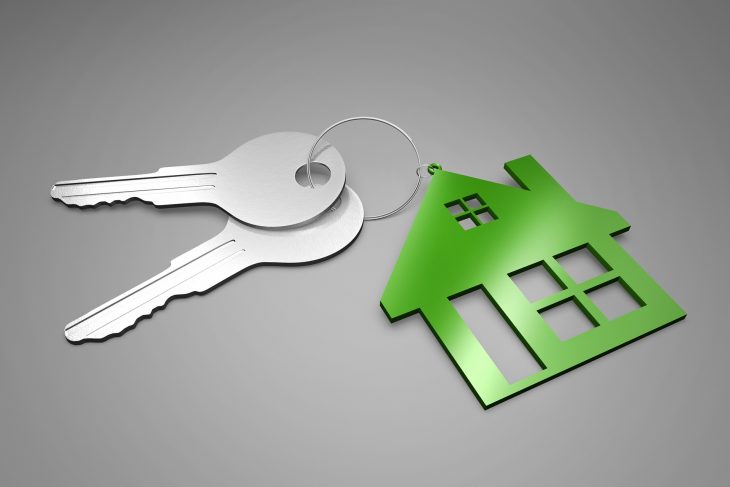Today’s read comes from the WSJ, in the Markets section, which discusses continued innovation in credit cards, despite or perhaps because of, the pandemic. It is interesting because credit cards maintain their relevance. Indeed, more than half of consumer payments come from payment cards, outweighing cash, and checks.
There has been little change in credit cards’ operational framework over the years, but features and functions have quickly adapted, or lead, consumer actions. Payment network brands, such as Mastercard and Visa, sit in the middle of the transaction, linking a universal set of merchants with a ubiquitous group of consumers. Like the settlement and clearance function of a check, the credit card network process enables a consumer in Tampa, Florida, to transact with a merchant in Boston, London, or Paris. The network process performs a series of authorization, authentication, and credit checks to maintain integrity through the process.
The WSJ cites two recent developments in the credit card space. The first is Chase’s recent acquisition of a loyalty and rewards business. The second is the development of BuyNowPayLater (BNPL) lenders, who nudged credit card issuers into a countermeasure to protect their space, in a short article titled “Banks Still Have Cards to Play in the Payment Race.”
- With people traveling less and spending more on digital platforms, banks with big credit-card units may have lost some relative luster with investors. But they still have cards to play.
- JPMorgan Chase JPM -0.78% recently acquired the global loyalty division of cxLoyalty Group Holdings. That business serves credit-card rewards programs and helps connect them to a number of ways that rewards can be used.
- The move suggests in part that JPMorgan Chase sees travel and cards continuing a long-running association, and the deal includes travel services. Americans may have started using different cards or scrambled to find other uses for points in 2020, and lenders have responded by upping rewards for activities such as grocery shopping and streaming.
To break down Chase’s acquisition, consider that the largest credit card issuer in the United States is charging into loyalty management for customer retention and acquisition, at a time when Visa indicates that COVID-19 “represents one of the biggest disruptions in the 80-year history of the credit card sector.”
Chase’s move takes chutzpah, but more importantly, it takes vision. Although COVID-19 left its indelible mark on consumers, businesses, and governments, it will end. When it does, global economies will need to get back to business and the new normal. Credit cards will undoubtedly be a part of the new world, and they will facilitate economic growth.
The second part of the WSJ article points out the success of the BNPL process. Although this new lending process took off like a rocket, it lacks the disciplines required for prudential risk management. Fintechs that operate outside of the insured banking industry hit a chord with consumers but lack the discipline and strategy to make the process lasting and a part of the household budgets. Banks are responding, but the model will change.
The takeaway comes from a moment of pause in worrying about COVID. Life will return to normal, and credit cards will not be left behind.
Overview provided by Brian Riley, Director, Credit Advisory Service at Mercator Advisory Group










